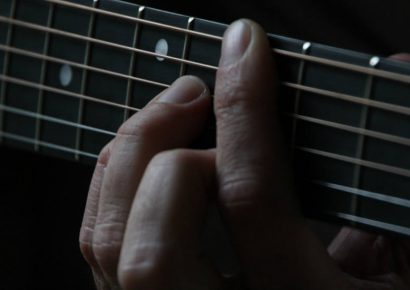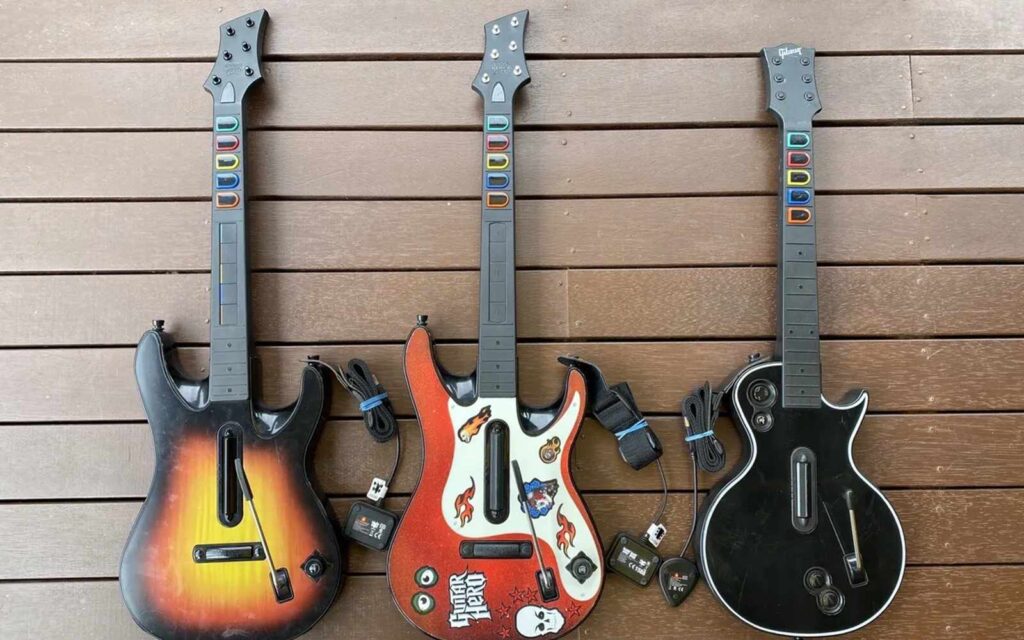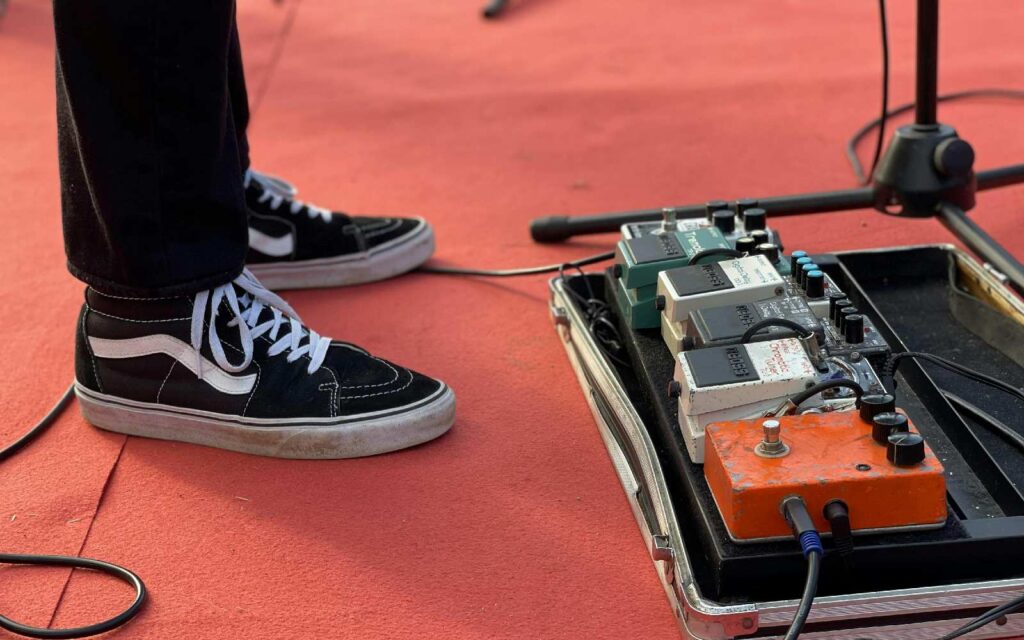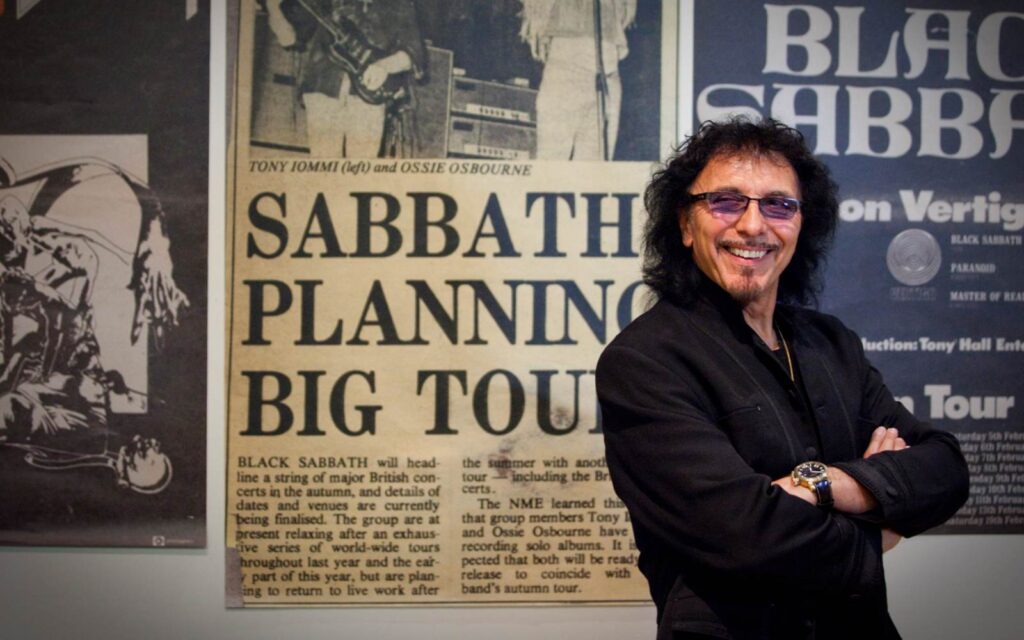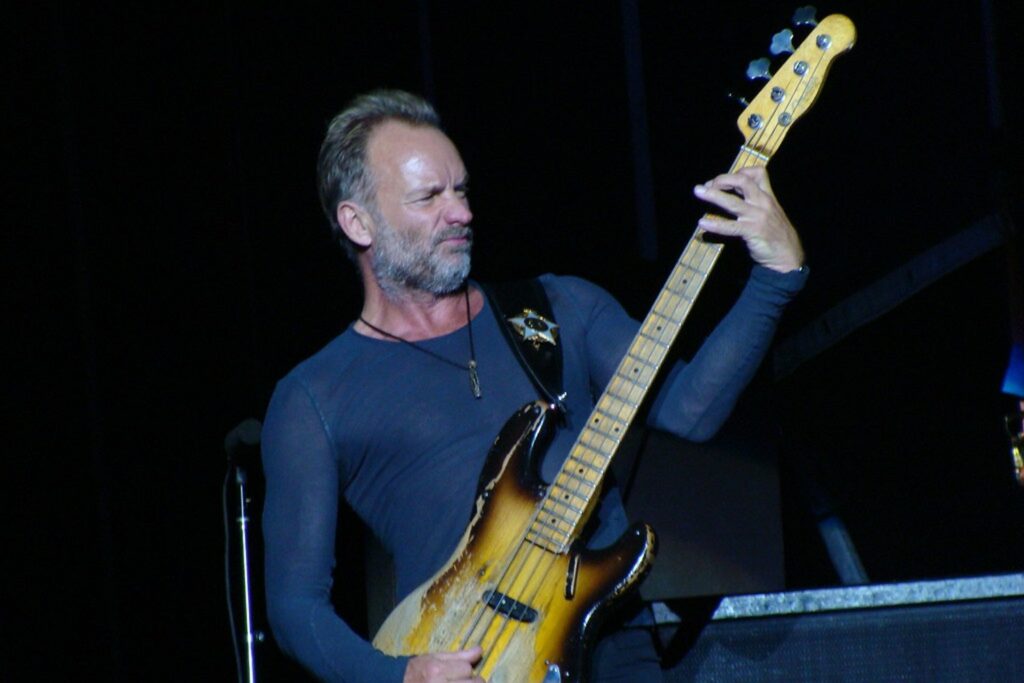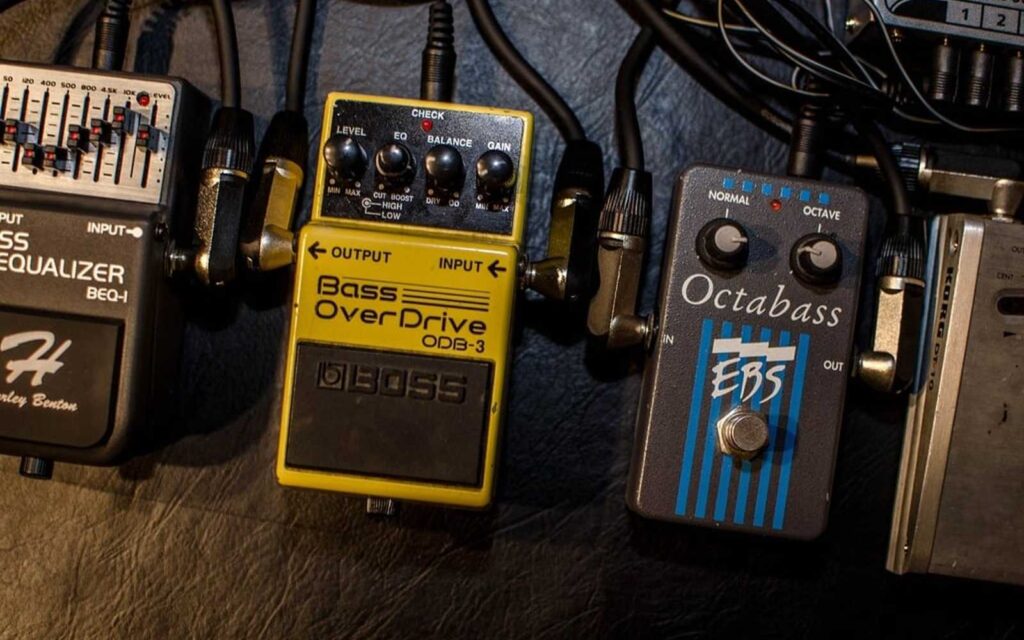Musically, bounce fuses elements of New Orleans and Southern music, including a heavy reliance on brass instruments, call and response vocals reminiscent of the Mardi Gras ‘Indian’ chants, and the dark yet often aggressive beats that move between the sounds of Southern hip hop breakbeat to more involved dance beats. Designed primarily as a form of hyped-up party music, bounce places little emphasis on lyrical content and more on chanted phrases that the crowd can repeat, although there are many exceptions to this. The main lyrical themes generally used are intentionally sexualised and big on local pride, often shouting out specific New Orleans neighbourhoods.
Bounce owes much of its genesis to a single loop known as the ‘Triggaman’ sample from ‘Drag Rap (Triggerman)’, a 1986 single by forgotten New York rap outfit The Showboys. The single itself, which referenced the theme to the TV show Dragnet, failed to make an initial impression until it, or its instrumental B-side, was heavily sampled in what is regarded as the first bounce song, MC T. Tucker and DJ Irv’s ‘Where Dey At?’
The track was a rough recording that was sold at shows on cassette in 1991, and utilised the ascending and descending bells, the 808 drum beat, a snippet of the Dragnet synth sound, and some vocal samples from The Showboys single, morphing it into an upbeat and playful track that is at once memorable and un-fussed about traditional hooks. Then came DJ Jimi, who essentially covered the song and released his own, more polished version of ‘Where Dey At?’ in 1992, which became widely known in the New Orleans area, and basically gave birth to the entire genre.
Alongside ‘Rock the Beat’ by Derek B, the ‘Drag Rap’ loop is an essential part of bounce culture and has been used by Southern hip hop artists such as T.I. with his 2012 hit ‘Ball’, Lil Wayne with 2007’s ‘Triggaman’, Twista, and Big K.R.I.T to name a few. The original Showboys single was re-pressed and distributed thanks to this notoriety. Digital production changed the sound of bounce in the early 2000s, most importantly with the chopped vocal technique and fast drum sounds pioneered by producers such as BlaqNmilD, who used the program Acid on early tracks made for Money Rules Entertainment.
“By me having that program, I was able to create my own bounce sound,” said BlaqnMilD in an interview with Red Bull Music Academy. “I changed the tempo, I changed the way the breakdowns went, I made things hit a little harder. I started chopping up the artist’s vocals. That was a big ol’ change in the bounce game as well. Once I started chopping the artist’s vocals, it went crazy.”
As the most famous and visible bounce artist, singer Big Freedia is credited with helping to popularise the genre, with the artist appearing vocally in the ‘Formation’ video and, by way of a pre-recorded vocal, as the opening to Beyonce’s Formation world tour every night. Having liberally used the loop herself, Freedia paid homage by bringing out The Showboys to perform ‘Drag Rap (Triggerman)’ during her set at New Orleans’ Voodoo Festival in 2014.
Freedia is also the most obvious example of bounce music’s strong ties to queer culture, which in itself adds an element of political affirmation to the celebratory tones of the music. Though lyrically the music does not have an overt political message—outside of examples such as the “Fuck David Duke” chant of the original ‘Where Dey At?’, a non-sequitur referring to the former Klu Klux Klan leader—as with other music from New Orleans, following Hurricane Katrina bounce music’s proudly defiant rallying cries could be seen as a celebration of endurance in the face of adversity, and thereby inherently political. The fact that the hurricane left so many people displaced also meant as they moved across the country, so did their music.
With much media attention suddenly on New Orleans following the hurricane, adding to the fact that so many displaced people were proudly celebrating their culture whilst residing in other cities, bounce became an emblem for the city’s colourful and defiant spirit that began to seep into mainstream popular culture. This happened not only musically, but also through the popular bounce dance style oftwerking, a term which had been coined by DJ Cheeky Blakk on her 1995 single ‘Twerk Something’, although the dance itself has reportedly been traced to West African rituals.
Both BlaqNmilD and Big Freedia contributed to Drake’s ‘Drag Rap’-sampling ‘Nice For What’, which is currently the most streamed song on the Canadian singer’s Spotify page. Despite the song sounding nothing like bounce, it’s an unmistakable nod from one of the world’s biggest artists, a sign that not only has bounce infiltrated the mainstream, but that the mainstream would now like to be associated with bounce’s cultural cool.

